Dota 2 Facet System: Customising Heroes and Evolving Gameplay
Updated On: November 12, 2025 by Aaron Connolly
What Is the Dota 2 Facet System?
The Dota 2 facet system lets players pick between different playstyles for each hero before the match kicks off. Valve rolled it out in patch 7.36 to bring more strategic depth and give everyone a chance to tweak heroes for the situation or just personal taste.
Origins and Introduction of Facets
Valve dropped the facet system in patch 7.36 as part of their ongoing push to spice up strategy in Dota 2. Honestly, it’s one of the biggest shifts to how heroes work in years.
They rolled out facets alongside innate abilities. Both changes aimed to hand players more control over what their chosen hero can do in a fight.
Quick win: If facets are new to you, just try out different ones in unranked games. You’ll get a feel for how they shake up your favorite heroes.
Valve has kept tweaking and adding to the facet system with every major patch since 7.36. Patch 7.37 overhauled lots of facets after listening to player feedback. Patch 7.38 brought new facets to heroes that felt a bit stale.
Facets now sit at the heart of Dota 2’s planning phase. Pro teams spend a surprising amount of time studying facet combos during drafts.
How Facets Differ From Innate Abilities
Facets force us to make a choice during the strategy phase, right before the match. Innate abilities just kick in automatically for every hero—no input needed.
Innate abilities work like this:
- Always on from the start of the match
- You can’t change or customise them
- Every player using that hero gets the same thing
Facets are different:
- You pick one during drafting
- Each hero offers 2–3 options
- They actually change how abilities work
- Your playstyle can shift a lot
Innate abilities give heroes a baseline boost. Facets, on the other hand, let us pick between totally different ways to play a hero.
Warning: Once the match begins, you’re stuck with your facet choice. Pick carefully, especially if you’re thinking about team composition or have a plan in mind.
Hero-Specific and Match-Specific Choices
Every hero comes with at least two unique facets built specifically for their kit and role. Heroes don’t share facets—each one gets their own set.
Some facets totally flip how we play a hero. Others just tweak things like damage, cooldowns, or ability mechanics in subtle but meaningful ways.
Match adaptation works like this:
- Go for aggressive facets if your team wants early pressure
- Take defensive facets to counter scary enemy lineups
- Pick utility facets if you’re supporting teammates
The best facet for you depends on a few things:
- Your team’s plan
- What the enemy picked and what you think they’ll do
- Your role (carry, support, whatever)
- Your own playstyle—what you’re comfortable with
When you make illusions or clones, they copy whatever facet you picked at the start. So, your facet choice affects not just your main hero, but any copies you make during the game.
How the Facet System Works in Gameplay
The facet system adds a new layer of choice before every game. Each facet selection shapes your hero’s kit and impacts your team’s approach from the get-go.
Facet Selection During Hero Selection
We pick our facet during the drafting phase, before the match even loads. Every hero gives you two facets to choose from.
You can set your preferred facet for each hero in the main menu’s Heroes tab. That way, you don’t have to scramble during the draft.
If you want, you can swap your facet during the live draft—handy if your team’s plan changes or the enemy surprises you.
Once the match starts, your facet is locked in. You’re stuck with it for the whole game, so think it through.
Facet options show up as two icons next to each hero. Just click the one you want before you lock in your pick.
Influence on Strategy and Team Composition
Facets really shake up how teams build their lineups. Each facet can push a hero toward a different role or make certain skills way stronger.
Captains now factor in facet combos when they draft. For example, a support hero might have one facet for early pushing and another for playing safe. The team picks based on what they want to do.
Enemy facet picks matter too. If you spot the other team leaning into damage-heavy facets, maybe it’s time to go defensive. There’s another layer of counterplay now, not just about hero picks.
Draft timing gets trickier since your facet choice can reveal your plan. Teams have to decide whether to show their hand or hold back.
Draft chats now include facet talk. Teams coordinate to make sure their facet picks actually work together.
Changing Playstyles Between Matches
Facets let you play the same hero in totally different ways from match to match. That keeps things fresh and helps everyone adapt.
Player preference really matters here. Some folks just love aggressive facets for more damage. Others stick to utility facets that help the team.
A single hero can slide into different roles depending on the facet. Maybe you’re a pusher one game, and a teamfight monster the next. That flexibility is huge.
Between matches, you can mess around with different facets and learn new ways to play. It’s a good way to grow as a player.
Facet choices also change based on match-ups. Sometimes, one facet is just way better against certain heroes. You figure this stuff out by playing and watching the pros.
Key Facet Mechanics and Rules
Facets come with clear rules about when you pick them and how they affect your hero. These rules also cover how facets interact with illusions and clones.
Facet Lock-In and Visibility to Opponents
You have to pick your facet during the strategy phase, right before the match. This happens while everyone’s picking heroes.
Once you pick a facet and the match starts, you’re locked in. No take-backs for the rest of the game.
Your enemies can see which facet you picked. That adds a layer of strategy, since teams might plan around what they see.
Every hero gets at least two facets, and they’re unique—no sharing between heroes.
Facet selection sits right alongside other hero customisation options. You’ll spot the choices on the drafting screen.
Warning: It’s easy to forget to pick a facet, especially if you’re new. Don’t let the timer run out and get stuck with a random one.
Impact on Illusions and Clones
Illusions copy whatever facet you had when you made them. So, your illusions get the same facet perks as your main hero.
Hero clones work the same way—they inherit your facet choice from the start of the match.
Facet effects apply to illusions just like the main hero. If your facet changes how your spells work, illusions get those changes too.
This really matters for heroes like Phantom Lancer or Chaos Knight. The right facet can turn their illusion armies into something scary.
Quick win: Pick facets that boost all your illusions, not just the main hero.
Impact of Facets on Hero Customisation
Facets put players in charge of their hero’s abilities and playstyle before the match even starts. Heroes can now flex into different roles or strategies, all thanks to permanent changes that last the whole game.
Adapting to Player Preference
What makes facets so valuable? Player preference, plain and simple. Every hero gives us at least two facets to match how we want to play.
Some people love aggressive styles. Others just want to support or farm. Facets let us pick the approach that fits.
Common ways players adapt:
- Core players grab damage facets
- Supports go for utility facets
- Late-game farmers pick facets that help them scale
- Team-fighters choose facets that boost group impact
Once the match starts, you’re locked into your facet. That first choice really matters for your playstyle.
Facet choice even changes what items you want. Some facets make certain items way better, while others make them less appealing.
Enhancing or Modifying Abilities
Facets directly tweak how hero abilities work. Sometimes, they just buff a spell, but other times, they totally rework it.
Types of enhancements you’ll see:
| Enhancement Type | Example Effect |
|---|---|
| Damage buffs | Higher spell damage |
| Cooldown tweaks | Faster ability resets |
| Range changes | Longer cast or effect range |
| Extra stuff | Added stuns or debuffs |
Some facets even add brand new effects. Take Jakiro’s Ice Path facet—it creates a second stun after the first ends. Suddenly, you’ve got double the crowd control.
Other facets just swap out abilities entirely. For example, Medusa’s movement facet sets her base speed to 310 and blocks most outside speed buffs or slows.
Ability changes show up as:
- Passive bonuses that stack with your items
- Reworked actives with new mechanics
- Cooldown or mana cost tweaks
- Range or area-of-effect changes
The same hero can fill different roles, all depending on your facet pick.
Notable Hero Facets and Signature Examples
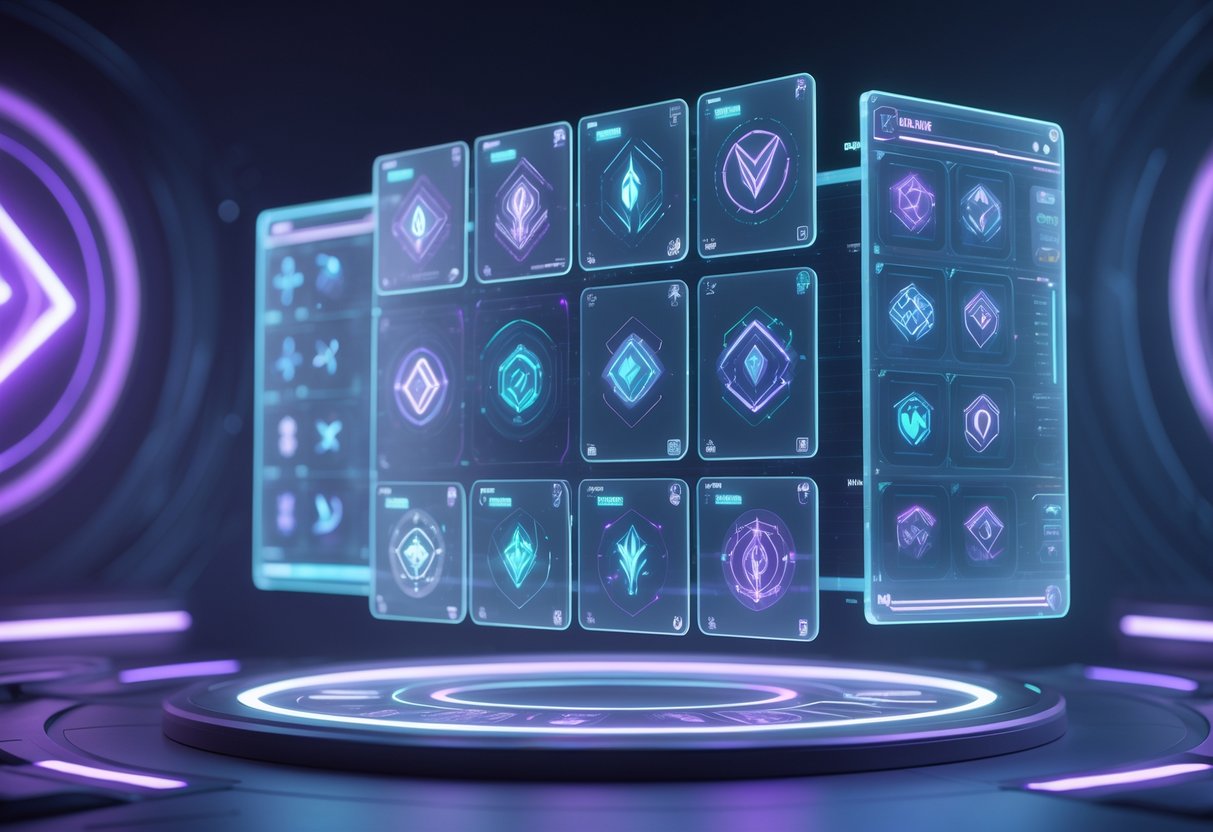
Some hero facets completely flip how the game feels. Viper can go from a slow-burn poisoner to a burst damage menace. Bane gets support twists you wouldn’t expect. These examples show just how much facets can shake up familiar heroes.
Viper: Poison Burst Facet
Viper’s Poison Burst facet turns him into an explosive threat instead of just a steady damage dealer. When Viper kills an enemy who’s poisoned, all other poisoned units nearby take a big chunk of burst damage.
This forces players to rethink their positioning. If you group up poisoned enemies, you can set off nasty chain reactions.
Key mechanics:
- Poison kills trigger area burst
- Hits all poisoned units in range
- Scales with poison intensity
This facet shines in team fights where Viper can tag multiple heroes first. Smart players spread poison around before landing the kill.
Teams often build Viper differently for this facet. Instead of going tanky, players grab mobility items to spread poison faster.
Wraith King: Bone Guard and Spectral Blade
Wraith King offers two totally different playstyles with his facets. Bone Guard lets him summon skeleton minions for extra protection, while Spectral Blade adds delayed burst damage to his attacks.
Bone Guard turns Wraith King into a summoner who can tank damage and push lanes with his skeletons.
Spectral Blade mechanics:
- Adds 70% attack damage as delayed curse
- The curse triggers after 3 seconds
- You can only apply it every 12 seconds
Spectral Blade makes every right-click scary. One hit can do almost 1,000 damage when the curse pops.
Most players grab Bone Guard when they need to play defensively and stay alive. Spectral Blade is better for aggressive teams that want to burst enemies down.
Medusa: Engorged Mystic Snake and High-Speed Facet
Medusa’s facets totally shake up both her farming and her team fight style. Engorged powers up Mystic Snake with each bounce, while her speed facet cranks her mobility through the roof.
Engorged lets Mystic Snake snowball—every bounce hits harder and steals more mana. By late game, the snake can wipe out entire creep waves in one go.
Players have to get creative with positioning when using Engorged. You want to angle those snakes just right to tag as many targets as possible.
Speed facet benefits:
- Movement speed scales up
- Chasing is way easier
- Farming between camps gets a lot faster
When Medusa goes high-speed, she can actually get in the thick of fights instead of just hanging back. The extra mobility helps her line up those perfect Stone Gaze shots.
Bane: Dream Stalker and Sleepwalk
Bane’s facets really mix up his support game. Dream Stalker makes Nightmare chain between enemies, while Sleepwalk lets teammates move around even when they’re nightmared.
Dream Stalker can cause absolute chaos in a team fight—one Nightmare can lock down a whole enemy lineup.
Sleepwalk advantages:
- Nightmared allies can reposition
- Opens up escapes during ganks
- Keeps crowd control going but lets people move
Your pick here depends on your team. Dream Stalker is great if you’ve got AOE damage dealers ready to follow up on the disables.
Sleepwalk is perfect for mobile cores who need a quick invulnerability window to jump in safely. It shines with heroes like Pudge or Legion Commander.
Recent Facet Updates and the Patch 7.38 Meta

Patch 7.38 really flipped things around with major facet reworks. The update brought in a bunch of new facets and reimagined old ones, opening up all sorts of new strategies.
New Facets and Reworks
A lot of heroes got big changes that made them feel fresh in different roles.
Faceless Void’s Time Zone facet now gives allies faster cooldowns and blocks enemy time dilation. Suddenly, Void’s a huge asset in coordinated fights, letting cooldown-heavy teammates throw out more spells.
Medusa’s new movement facet sets her base speed to 310. You can’t boost it with most outside effects, but you don’t need boots anymore—just stack up on damage and survivability.
Jakiro’s Ice Path got a big upgrade. The new facet adds a second stun when Ice Path ends after five seconds. That’s double the crowd control, so Jakiro can really break up fights now.
Templar Assassin’s facet cranks up her cleave. Side Blade bounces deal more damage, so she farms and fights better. If you add in improved Psionic Projection, TA can snowball even harder.
Behaviour Changes Across Major Patches
Facets have changed a lot since patch 7.36 first introduced them.
At the start, facets mostly gave heroes small tweaks or stat boosts. Patch 7.36 set the groundwork with simple changes.
Patch 7.38 took things further, introducing major gameplay shifts. Now, some facets completely change how a hero works instead of just nudging numbers.
The meta shifted hard. Medusa and Faceless Void shot up the tier lists because their new facets fixed big weaknesses. Medusa’s mobility problem basically vanished, and Void became way more valuable for his team.
Item builds changed too. Medusa’s facet means she can skip boots and focus on pure damage. Void’s Time Zone facet encourages teams to draft more cooldown-reliant heroes.
Facets have gone from being optional tweaks to core strategies that decide which heroes see play.
Hero Facet Case Studies: Standout Heroes
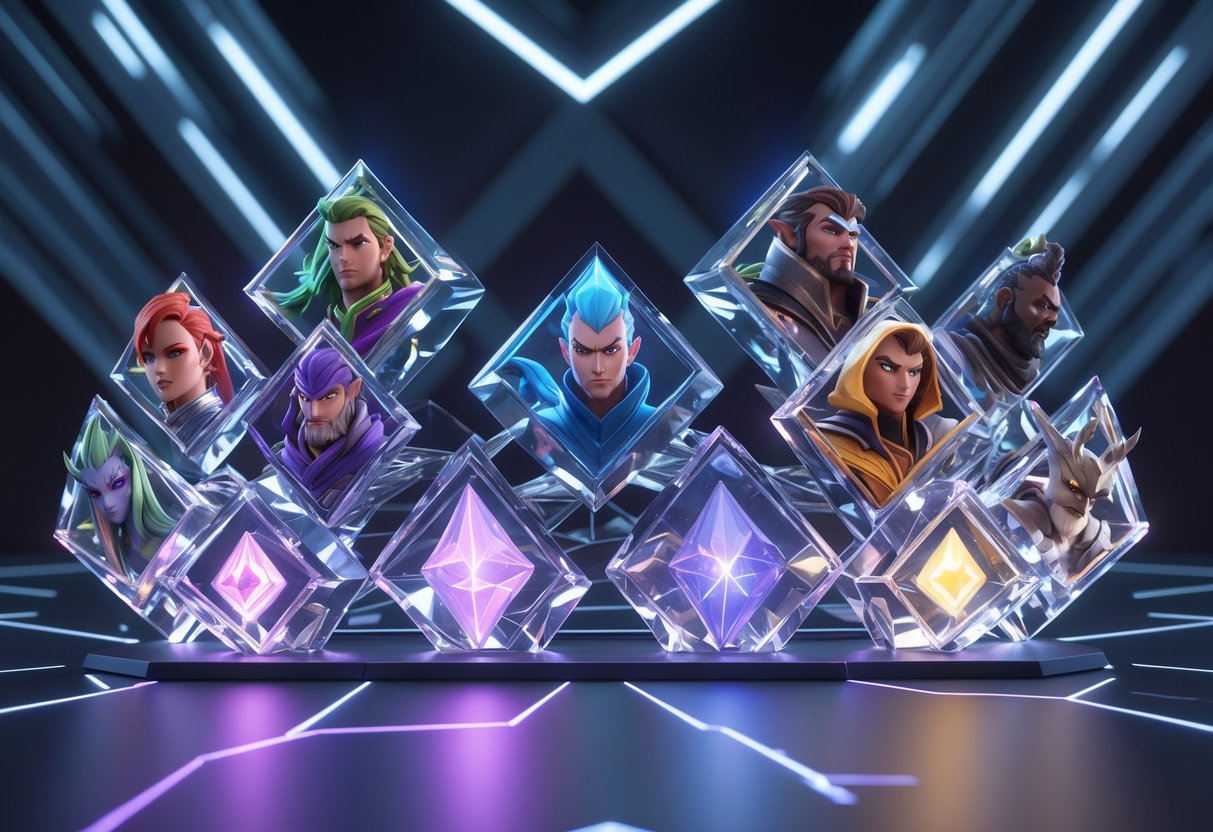
Some heroes really show how facets can flip their playstyle and value. Dragon Knight turns into a crowd control beast, Chaos Knight shifts from late-game carry to early brawler, and Venomancer can focus on either spreading poison or picking off single targets.
Dragon Knight: Frost Dragon and Versatility
Dragon Knight’s Frost Dragon facet turns this tanky classic into a crowd control monster. Instead of fire damage, his Elder Dragon Form now slows enemies, making it tough for them to get away.
The frost breath applies a 40% slow for three seconds. That’s massive in team fights and gives DK more than just his usual tankiness.
Key Benefits:
- Easier to start fights
- Carries can kite better
- Chasing is simpler
- High ground defense gets a boost
Heroes like Crystal Maiden or Invoker love having this facet around—it buys them time to get into position. The slow stacks with other debuffs, so enemies can barely move.
Most players agree this facet shines when your team’s got good coordination. You can pull off combos you just couldn’t with the old fire version.
Chaos Knight: Phantasmagoria and Role Shifts
Chaos Knight’s Phantasmagoria facet totally changes his early game. You get Phantasm at level 6, not 12, so you can fight way sooner.
You only start with two illusions instead of three, but having your ult six levels earlier is a huge power spike.
Strategic Impact:
- Hit your power peak faster
- Farm the jungle more efficiently
- Start ganking at level 6
- Adjust your item build for tempo
Teams grab this facet when they want to pressure the map in the mid-game. Early illusions help with Roshan and tower pushes around the 15-minute mark.
CK goes from a late-game monster to a tempo core. A lot of semi-pro teams love this in fast-paced matches.
Venomancer: Plague Carrier and Patient Zero
Venomancer’s two facets play with poison in totally different ways. Plague Carrier spreads Poison Sting between enemies, causing chain reactions in fights.
When a poisoned enemy dies, nearby units get poisoned too. That can really pile up damage when enemies group up.
Patient Zero is all about single-target focus. It ramps up poison damage against isolated foes, so you can melt down key heroes who stray from the pack.
Facet Comparison:
| Aspect | Plague Carrier | Patient Zero |
|---|---|---|
| Best Against | Grouped enemies | Isolated cores |
| Team Role | AoE damage dealer | Single target threat |
| Positioning | Aggressive, close range | Safe, focused targeting |
Plague Carrier thrives in messy fights where enemies clump together. Patient Zero is better for pick-offs or dealing with carries who keep their distance.
Your facet choice changes your whole build and how you move around the map.
Innovative Facets for Unique Playstyles
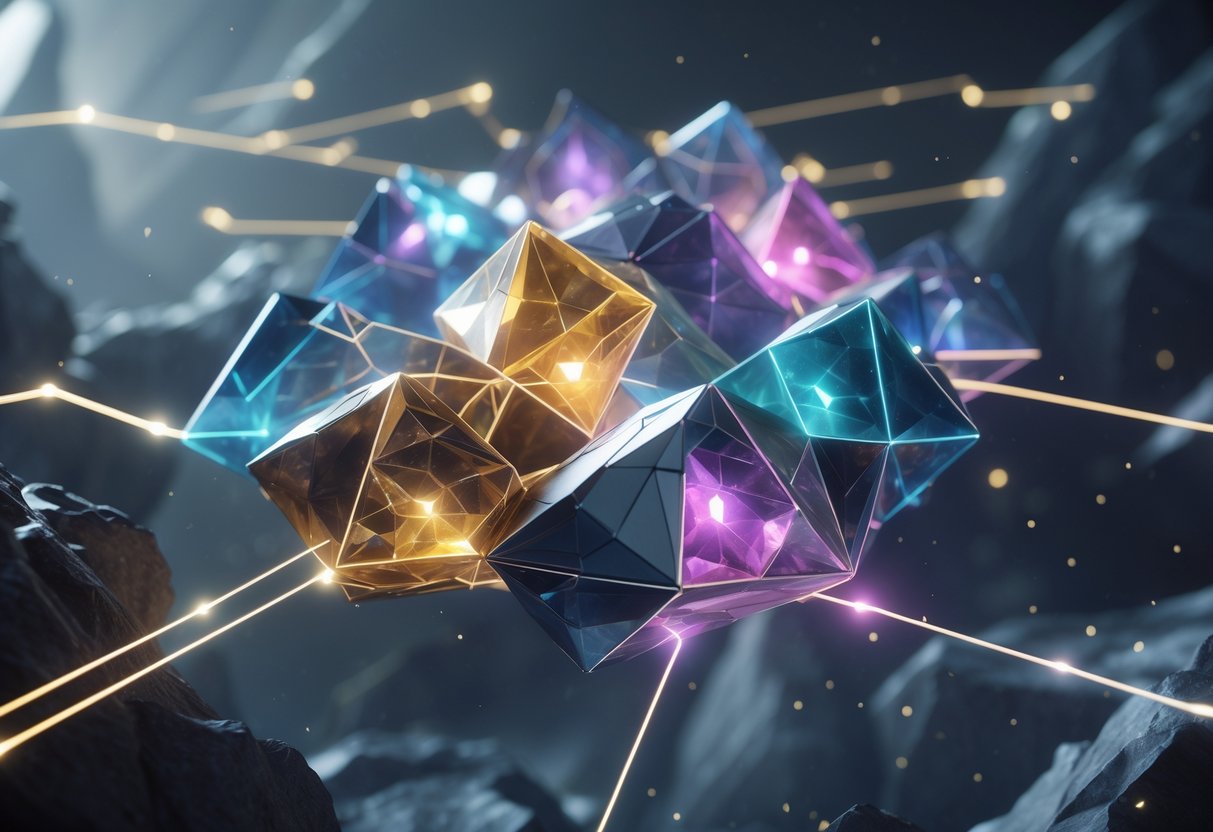
Some Dota 2 facets just break the mold—they don’t just buff abilities, they make heroes play in brand new ways. These options let you invent fresh strategies and try team comps that weren’t possible before.
Faceless Void: Time Zone for Cooldown Shifts
Faceless Void’s Time Zone facet changes how you use his whole kit in fights. When Chronosphere is active, all his abilities get 50% shorter cooldowns.
So, you can Time Walk in, drop Chrono, and Time Walk again almost immediately.
Key benefits include:
- More Time Walks every fight
- Faster Time Lock procs
- Easier escapes after Chrono ends
This facet gets even better with cooldown items like Octarine Core. You can spam abilities almost nonstop.
The tradeoff? You lose out on raw damage from other facets. Still, the utility and mobility can be worth it, depending on your team.
Jakiro: Enhanced Ice Path Control
Jakiro’s enhanced Ice Path facet gives you way more control over his stun. You can curve Ice Path during the cast by moving your cursor.
The Ice Path follows your cursor while casting, so you can catch enemies dodging sideways.
Normally, Ice Path is a straight line—pretty easy to avoid. The curved version can sneak around obstacles or chase down fleeing heroes.
Practical uses:
- Stun enemies hiding behind trees
- Hit heroes who blink or dash
- Surprise people with weird angles in fights
It’s not easy to master, though. You’ll probably miss a few stuns before you get the hang of it.
Heads up: The curved path is shorter than the regular one, so you need to get closer.
Skilled Jakiro players can land stuns that look impossible. This facet really rewards mechanical skill and game sense.
Templar Assassin: Improved Psionic Projection
Templar Assassin’s improved Psionic Projection facet lets her drop two traps at once with Psi Blades. That’s double the area control.
Each cast puts down two traps side by side, just a little apart.
With two traps, you can zone off bigger areas. Enemies can’t just sidestep a single trap anymore.
Strategic perks:
- Defend high ground more easily
- Lock down Roshan pit
- Slow down more enemies in team fights
If you pick up Aghanim’s Scepter, you can place four traps per cast—pretty wild for controlling big fights.
Mana costs don’t go up, so it’s super efficient for area denial.
This facet makes TA more of a teamfight presence, not just an assassin. She can support her squad instead of always hunting solo kills.
Supporting Heroes With Distinct Facets
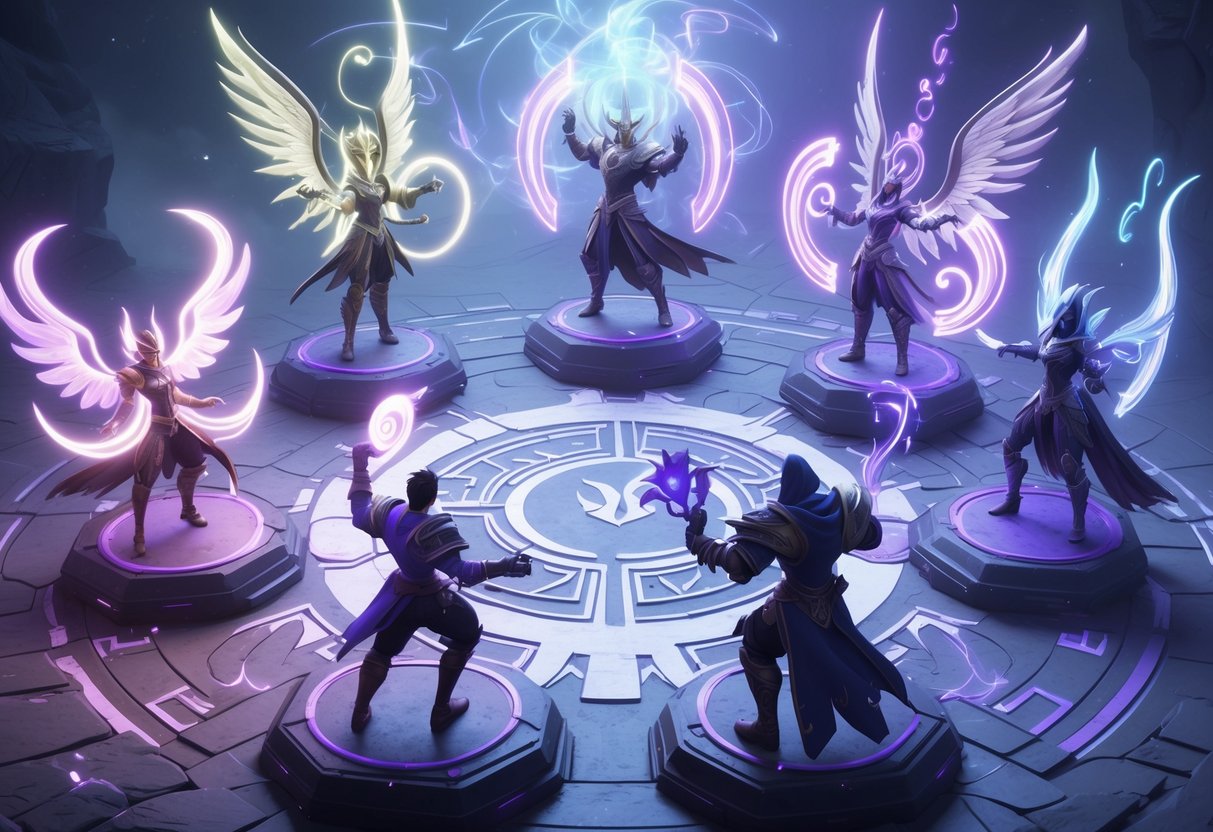
Support heroes really benefit from facets that flip their approach to team fights and map control. Dawnbreaker can switch between global healing and aggressive map presence, while Disruptor’s facets let you pick between more ultimates or better trapping.
Dawnbreaker: Map Influence Facets
Dawnbreaker’s facets let her pick between two very different team roles. Her Solar Guardian facet is all about defense and healing.
With this, she keeps teammates alive and helps hold the line during pushes and base defense.
Her Gleaming Hammer facet is for aggression. It bumps up her initiation and burst damage.
Choose Solar Guardian if your team needs sustain. Go for Gleaming Hammer if you want to start fights and pick people off.
Both facets keep her global ult, but they change what she does once she lands in a fight.
Disruptor: Optimising Thunderstorm
Disruptor’s Thunder Strike facet turns his ult into a more frequent team fight tool. You can drop Static Storm more often, which is huge in drawn-out fights and sieges.
This works great when you want to keep pressure on multiple spots during a brawl.
His Kinetic Field facet, on the other hand, makes it much harder for enemies to escape. The improved field locks people in for longer, so Static Storm is easier to land.
Thunder Strike is best for aggressive, fight-heavy games. Kinetic Field is the pick when you need to catch and hold down slippery cores.
Io and Unconventional Facet Picks
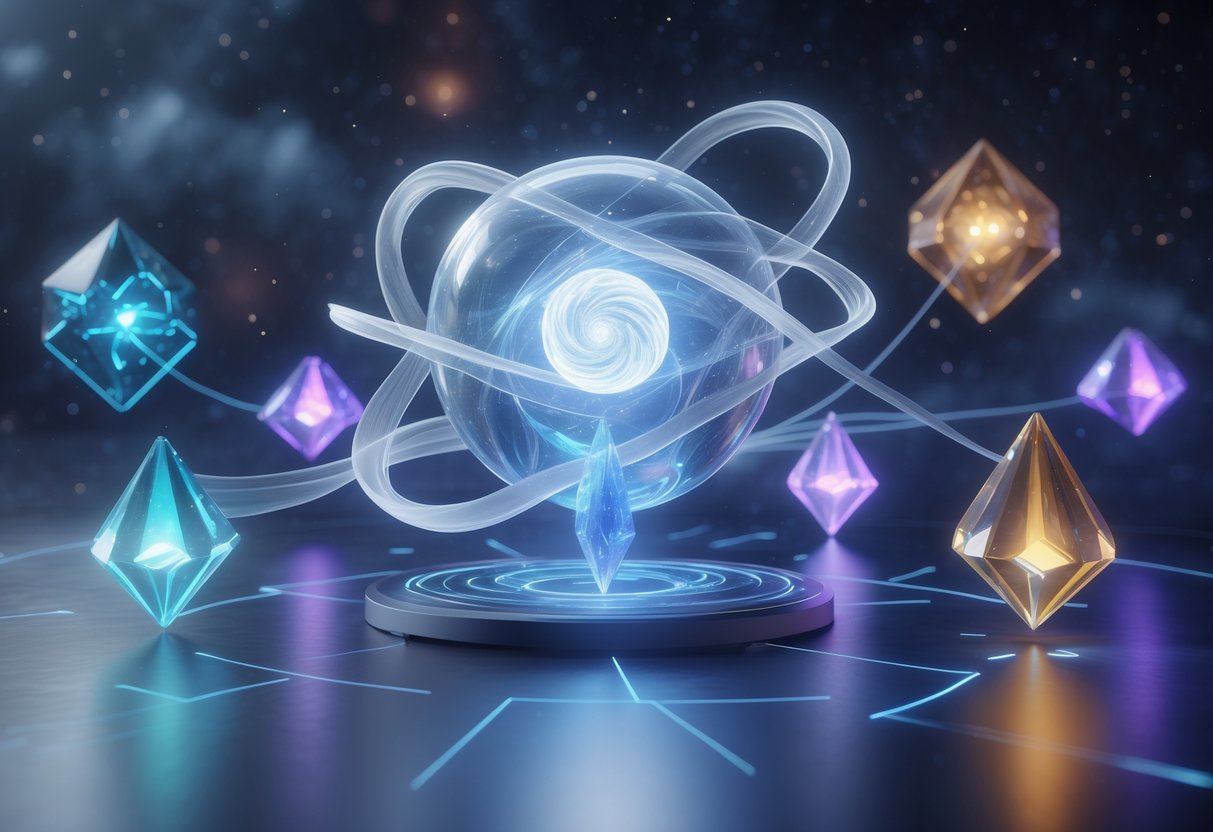
Io’s facet choices don’t usually get much attention compared to the flashier heroes out there. Still, the right pick can totally flip how this support plays in real matches.
The Medigun facet, for example, shifts Io from a classic tether bot into a mobile healing powerhouse.
Io’s Medigun and Support Flexibility
Medigun really stands out as Io’s most game-changing facet. It removes those annoying tether range limits that usually box you in.
Now, instead of being glued to your carry, Medigun lets you heal any teammate from much farther away. You can hide behind trees or perch on high ground, still pumping out the heals.
Your healing output jumps up quite a bit compared to basic Io. The team gets more sustained fight potential since you’re not forced into risky spots just to keep someone alive.
Quick win: Grab Medigun if you’re up against heroes like Pudge or Legion Commander—those guys love picking off supports.
This facet is amazing with mobile cores who dive headfirst into fights. Storm Spirit, Puck, Queen of Pain—they all love remote healing support.
You do lose a bit of Io’s classic relocate synergy and the shared regen that makes him so unique in pro games. That’s the trade-off, and it’s not always ideal.
Facets and the Evolution of Hero Selection
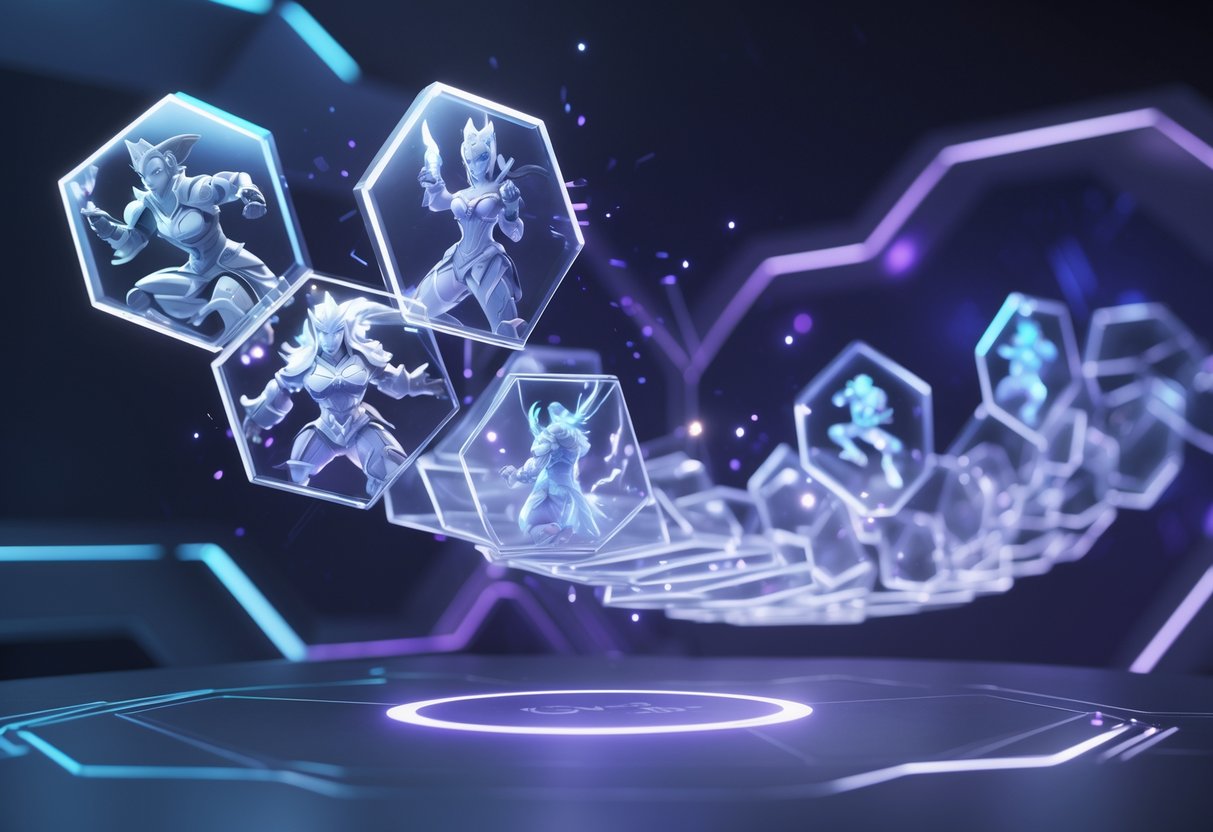
Facets have totally changed how teams draft in Dota 2. Now, we have to think about multiple versions of every hero, and opponents can’t just prepare for one playstyle.
Strategic Drafting With Facet Knowledge
Drafting these days means you’ve got to know every facet option for popular heroes. It’s not enough to just ban Faceless Void—you need to know if the enemy likes his Time Zone facet for team fights or something else for solo pickoffs.
Pro teams now spend more time scouting what facets their rivals lean toward. You’ll notice that players develop preferences, and sharp drafters can catch on to those patterns.
Key drafting considerations include:
- Which facets actually work well together
- How enemy facet picks might change our item builds
- If we should hold our pick until we see their facet choices
The strategy phase feels way more intense now. Teams kind of reveal their game plan through their facet picks, sometimes giving away more than they’d like.
Some heroes turn into different beasts depending on their facet. Medusa with speed facets goes on the attack, while her other picks stick to late-game scaling.
Counterpicking and Adaptation
Facet knowledge is what sets apart good drafters from the really great ones. We need to spot which enemy facets open up counter opportunities.
Effective counterpicking now involves:
- Figuring out which facets create bad matchups for us
- Picking heroes whose facets directly mess with enemy picks
- Tweaking our playstyle once we see what they’ve chosen
Jakiro’s improved Ice Path facet, for instance, makes life tough for mobile heroes. If we see that, maybe we skip picking escape-heavy cores.
Facet reveals during draft can be a bit of a mind game. Show your facet early and you risk giving info, but wait too long and you run out of options.
Smart players dig into facet win rates for specific matchups. That kind of data really helps when you’re deciding which version of your hero to run.
Frequently Asked Questions
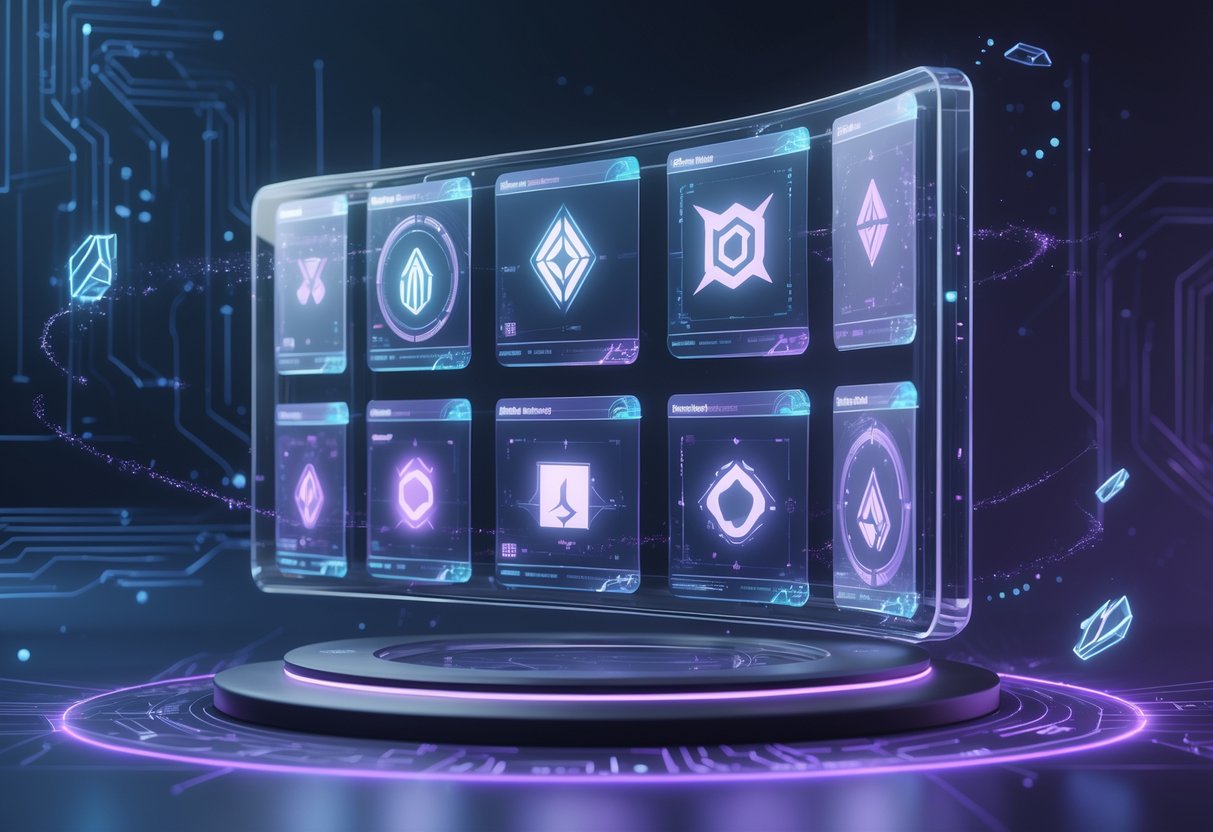
Players ask about facets all the time—how they work, when they got added, and where to find the best info. The questions range from simple mechanics to updates and performance statistics.
What are the various Dota 2 facets available for players?
Every Dota 2 hero gets at least two unique facets to pick from. These facets change up abilities or add new passive effects, which means each game can feel a bit different.
Some facets might give you more damage but less defense. Others just flat out change how a skill functions.
They’re all hero-specific. Pudge’s options aren’t anything like Crystal Maiden’s.
You get to pick one facet per hero per match, and that happens during the strategy phase before the game even loads.
Where can I find comprehensive information on Dota 2 facets?
Dotabuff keeps some pretty detailed stats on hero facets and their win rates. You can filter by position, rank, or mode to see what’s working.
The official Dota 2 patch notes list every facet change in detail. Those notes break down what each facet does.
A bunch of gaming sites and YouTube channels also post guides about the best facets for each hero. Some creators focus on roles, so you get advice for carry, support, or whatever you play.
When were Dota 2 facets first introduced to the game?
Facets came to Dota 2 with patch 7.36 on June 6, 2024. That update also brought in innate abilities alongside the facet system.
People in the community have been talking about these changes for months now. Lots of players are still figuring out how to use facets well.
Some folks say facets remind them of systems in games like SMITE. But honestly, facets fit right into Dota 2’s style.
How does a player’s win rate vary with different Dota 2 facets?
Win rates can swing a lot depending on which facet you pick. Some facets just work better for certain heroes.
Your rank and role matter too. A support facet might not help a carry at all.
Dotabuff tracks these numbers across all skill levels. You can check which facets win the most in your bracket.
The meta’s always shifting as players try new stuff. A weak facet now could be the next big thing after a patch or two.
What updates came with Dota 2 patch 7.36?
Patch 7.36 gave every hero both facets and innate abilities. It’s honestly one of the biggest shake-ups in recent memory.
Every hero now has at least two facets to pick from during the draft. You get to choose your favorite in the strategy phase.
The patch also added innate abilities that just work automatically for each hero. These aren’t the same as facets, but they go hand-in-hand with all the new customization.
Valve rebalanced a ton of hero abilities to make them work with facets. Pretty much every hero feels a little different now.
What are the most recent changes in today’s Dota 2 update?
Patch 7.38 dropped some pretty significant balance changes for both heroes and facets.
Developers tweaked a bunch of hero abilities, mostly to tone down their overall power.
They buffed a few facets, but others took a hit.
The team keeps adjusting the facet system as players send in their feedback.
Lately, these updates have focused more on fine-tuning than on introducing brand new features.
Most of the changes try to nudge game balance in the right direction instead of throwing in new mechanics.
If you want the absolute latest details, it’s best to check the official Dota 2 website or Steam for the patch notes.
Facet effectiveness can shift pretty fast with each update.

